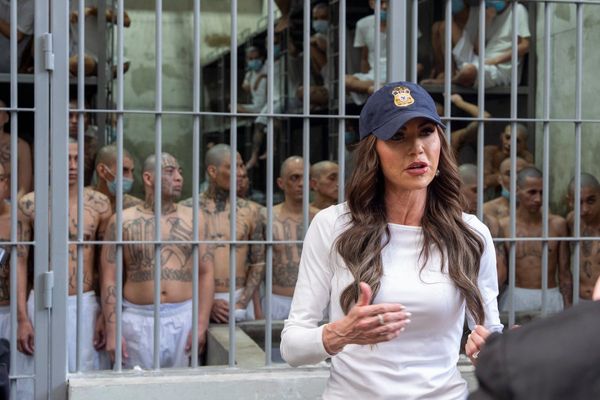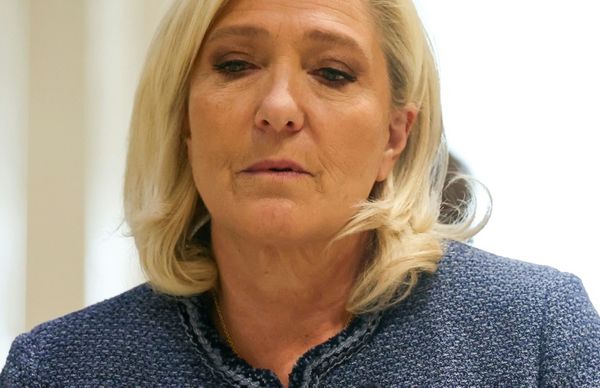
Exhibition of the week
Reframing Picton
A sceptical new look at the National Museum Cardiff’s portrait of Thomas Picton, hero of Waterloo – and tyrant of Trinidad.
National Museum Cardiff until 3 September.
Also showing
Fashioning Masculinities: The Art of Menswear
Renaissance men in tights and Regency dandies feature alongside today’s male garb.
V&A, London, until 6 November.
Our Time on Earth
This exhibition about the climate emergency could hardly be more urgent.
Barbican, London, until 29 August.

Marvellous Makers, Wondrous Worlds
The magical 3D embroidery of 17th-century women bursts with mermaids and other myths.
Holburne Museum, Bath, until 11 September.
Take One Picture
Art from primary school pupils inspired by Orazio Gentileschi’s painting The Finding of Moses.
National Gallery, London, until 11 September.
Image of the week

Carrie Mae Weems’s 1990 image Untitled (Woman and daughter with makeup) is among a wide range of photographs by women donated to the Museum of Modern Art in New York by the collector Helen Kornblum. “All the images are organised around this question: ‘What is a feminist picture?’” writes Kornblum. This shot is one of 20 in Weems’s Kitchen Table Series. The tender scene illustrates one of the ways in which gender is learned and performed, while also celebrating the private subjectivity, beauty and inner lives of Black women. View gallery of images from Our Selves: Photographs by Women Artists from Helen Kornblum, on display until 10 October, here.
What we learned
A revamped London street is like “Tin Pan Alley reconstructed by alien archaeologists”
Three artists who sued Tate have spoken out
A landmark Victorian chimney is to be shortened over safety fears
The Snowman and Fungus the Bogeyman author and illustrator Raymond Briggs died aged 88
A London museum will return 72 Benin treasures to Nigeria
Guardian readers revealed their favourite European street art
“Deviant” works by artists including Picasso and Warhol are back on display in Tehran
A mural by a Jewish refugee in Catholic church has been saved from destruction
Little Nicolas and New Yorker illustrator Jean-Jacques Sempé has died
Masterpiece of the week

William Feilding, 1st Earl of Denbigh, by Anthony van Dyck, c 1633-34
This is a very early painting of British colonialism in India. It was not painted there but in Britain after this prominent courtier of Charles I returned from a visit to some of the first bases of the East India Company, founded in 1600 to rival Spain, Portugal and Holland in the global spice trade. Anticipating later East India Company habits, Feilding wears Indian dress. But there’s no doubting the power relationship between Britain and India, so early in their shared history, that’s suggested here: Van Dyck emphatically poses Feilding’s Indian servant as a deferential inferior. If you are starting to dislike the 1st Earl of Denbigh, fear not, he was later to die, like so many of Van Dyck’s sitters, in the English civil war.
• National Gallery, London
Don’t forget
To follow us on Twitter: @GdnArtandDesign.
Sign up to the Art Weekly newsletter
If you don’t already receive our regular roundup of art and design news via email, please sign up here.
Get in touch
If you have any questions or comments about any of our newsletters please email newsletters@theguardian.com







